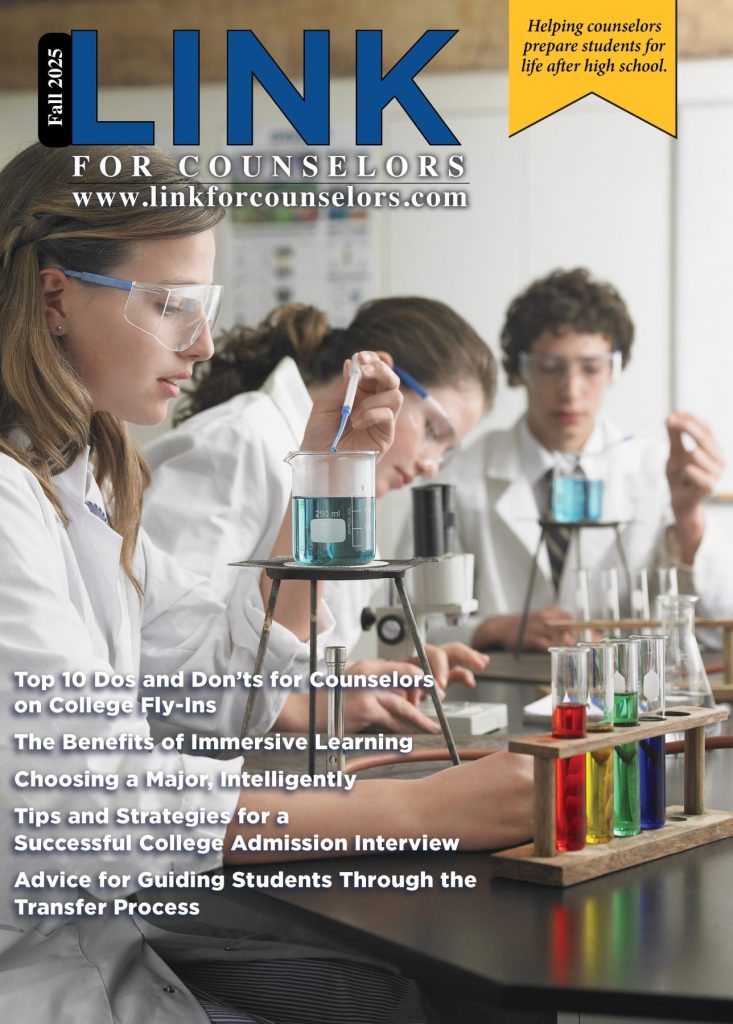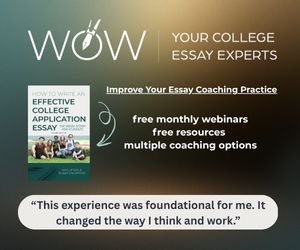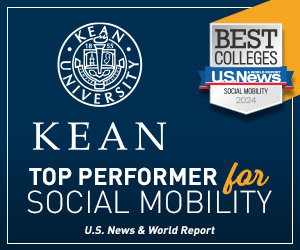The Mental Health Crisis Continues…..
There is a mental health crisis on college campuses with students’ emotional needs not being met, and frustration is mounting.
This is no longer “news” – there are articles about it everywhere you turn and features on TV news shows; but even with all this attention, the mental and emotional health of our college students is getting worse, not better.
In many, but not all, cases, it is the parents who are largely responsible. I’m not trying lay blame exclusively at the feet of parents, but think about what happens to the students whose parents have paved their way with bubble wrap, when they encounter their first obstacle freshman year. What happens when their Snowplow, Tiger, and Helicopter Parents aren’t around to intervene? I believe this is a large part of the uptick in mental health issues at colleges and universities around the country.
Kari Kampakis is the author of a great book called “Prepare the Child for the Road, Not the Road for the Child.” She is a proponent of letting kid experience failure. According to Kampakis, “There’s a reason for the mental health crisis counselors are seeing on college campuses where outstanding successful students are miserable inside because they can’t cope with normal life challenges.” Students are claiming they’ve had “magical childhoods,” their parents are their best friends and they’ve never experienced failure beyond typical small disappointments.
“We concentrate so hard on creating magical memories and removing obstacles to keep our kids happy that we often fail to cultivate qualities like character, perseverance, patience, determination, and resolve that they’ll need to be happy successful adults.” As it turns out, these characteristics of grit, perseverance, and internal strength are what colleges are looking for in their applicants. They want a campus full of kids who have dealt with issues, and students who have already developed coping mechanisms to deal with disappointment when things don’t go their way. In a nutshell, they’re seeking mature young adults.
A survey conducted by the CDC during the COVID-19 pandemic found that 40% of people were struggling with a mental health issue, with young people and racial/ethnic minorities most at risk. The brightest side of this problem is that the stigma often previously associated with mental health issues has eased up. For a large percentage of students and adults, it’s no longer a “closet problem.” Thankfully, most students are openly comfortable talking about being depressed and are willing to seek help. The bigger issue seems to be capacity. Mental health professionals on college campuses are overwhelmed and many schools have put severe limitations on the frequency of visits.
While there is certainly a lot of “talk” going on, here is a great resource for parents and educators from Navigate 360 called: Addressing the Youth Mental Health Crisis– How to Identify, Manage & Mitigate Students’ Mental Health Issues Before They Escalate. You can download this guide to learn how you can address youth mental health issues, including: How to identify warning signs in students, Key ways to mitigate and manage concerning behaviors, and Steps to investing in student mental health to create a positive school climate.
Lee Bierer is an independent college adviser based in Charlotte. Send questions to: lee@bierercollegeconsulting.com; www.bierercollegeconsulting.com













